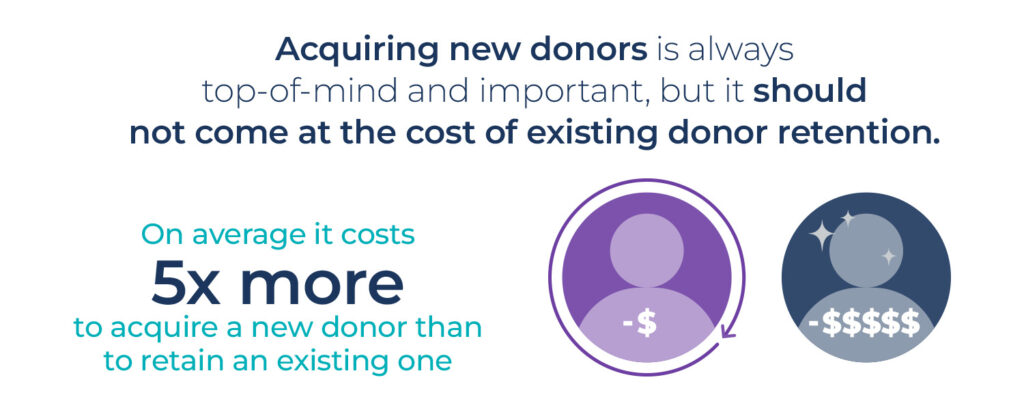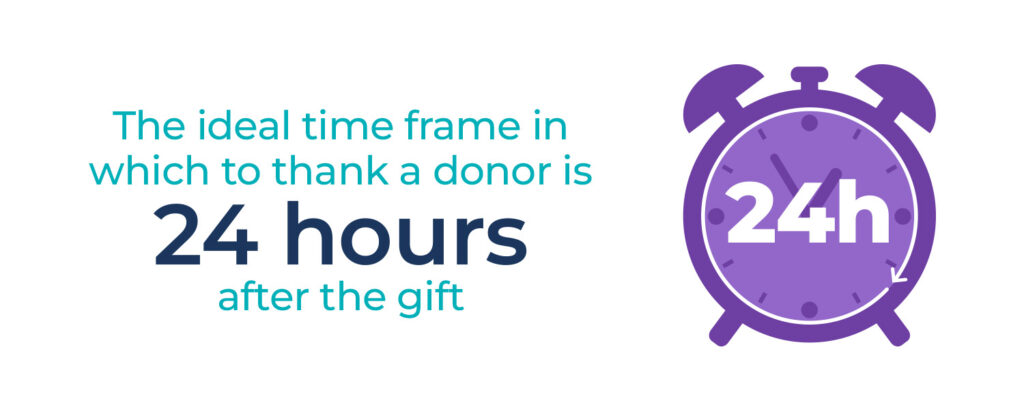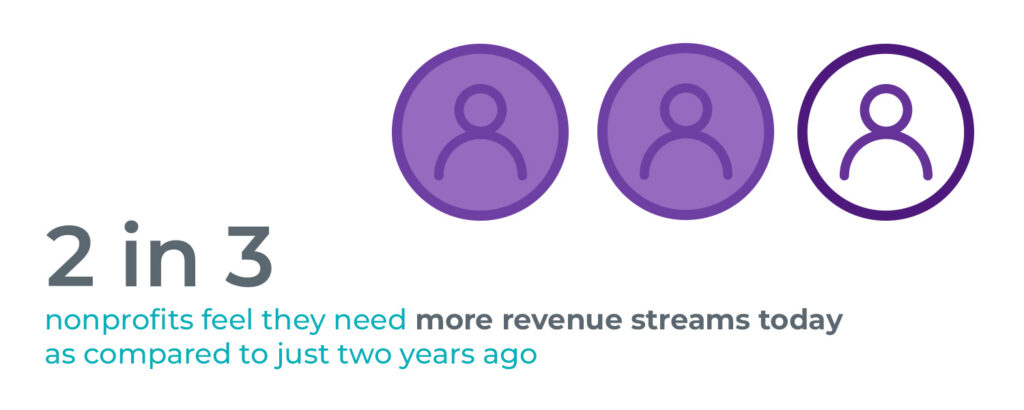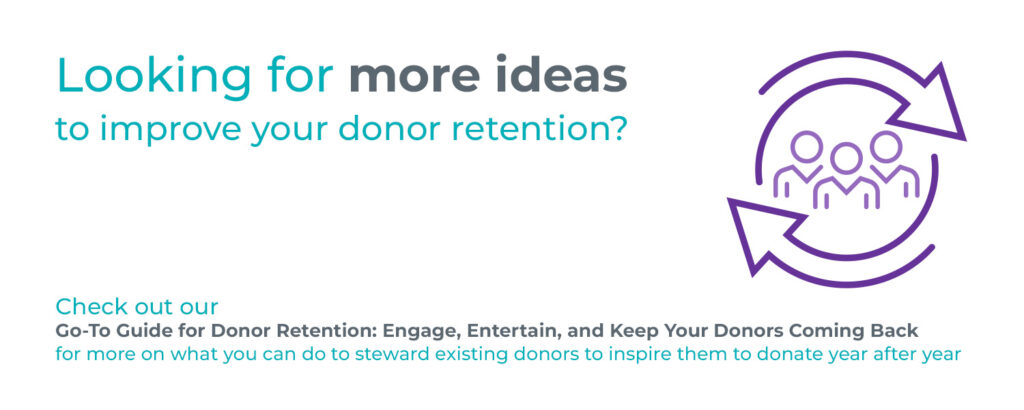Feb 9, 2024
How to Avoid Being Ghosted by a Donor

Improve Your Donor Retention with Strategies Informed by The Fundraising Effectiveness Project
Are you feeling like your donors are swiping left after just having swiped right? You are not alone.
Recent research from the Fundraising Effectiveness Project (FEP), a collaboration among fundraising data, providers, researchers, analysts, associations, and consultants to empower the sector to track and evaluate trends in giving, continues to show that nonprofit organizations are retaining fewer and fewer donors in the post-pandemic era. High donor retention rates indicate that an organization is effectively maintaining relationships with its supporters, while low retention rates may suggest challenges in engagement or communication
By building strong and lasting relationships with donors, organizations can sustain their funding and better achieve their missions. How can you get these supporters to commit to a long-term relationship with your nonprofit?
The Current State of Donor Retention (Spoiler Alert: It’s Not Ideal)
According to FEP, donations and donor retention are down for 2023. While for all donors the trend is only down slightly, the retention rate decreased significantly among both micro as well as larger donors. Large donors, those who gave over $5,000 annually, have had the sharpest decrease over the year, dropping 10% overall.
For all donors, these numbers were more promising at the beginning of the year but have since plummeted year over year through October 2023. It’s, to put it mildly, alarming for fundraising professionals.
What do these donor retention trends mean for fundraising in 2024?
What Does This Mean for the Future of Fundraising?
If your organization is reeling from this decline in donor retention, consider how your strategy and tactics need to change to better stabilize your giving and gain positive momentum.
Analyzing your nonprofit’s fundraising data is more important now than ever before. Some questions you should ask yourself include:
- Have you seen a decline in your retained donors?
- Has it declined more than in other years?
- Are there certain segments (age range, location, campaign) that have declined more than others?
- What works amongst your donors that you did retain? How can you capitalize on these?
Getting the answers to these questions can help you and your team better understand where to focus on ramping up your retention efforts.
There are some additional success strategies you can implement to improve your donor retention.
Best Practices for Donor Retention
You work HARD to get a new donor. What can you do to improve the likelihood that they continue supporting your mission?

Say Thank You
It seems obvious, but one of the TOP reasons people do not give again is because they were never thanked. After you send the standard tax letter, typically automated, take the time to make a more personalized thank you. Test phone calls, handwritten notes, texts, and selfie videos with certain donor segments. The right donor management and fundraising platform makes tracking these actions easy.

Keep Donors in the Know: Share Their Impact on Your Mission
Another reason people do not give again is because they don’t know how their gift made a difference to your community and constituents.
Let them know how the donation impacts your organization with a success story or more on what programming, research, or other mission deliverable their gifts supported. Share any opportunities for further engagement, such as volunteering, upcoming events, site visit opportunities, client-facing staff meet and greets, and more.
Personalize Communication
Donors can be hard to gain, and easy to lose.
If you were asking your manager, partner, or mother for something, would you go about it the same way with each person? Likely not. You would customize each ask based on the individuals’ experiences, knowledge, and relationship to you.
When you receive a donation from a new donor, you may not have a lot of information on who that donor is and why they chose to give. What we do know is that they felt a connection to your mission and values, and you can capitalize on that by putting in communication efforts with these donors, rather than screaming into the void about all of the amazing work your nonprofit is doing.
Diversify Giving
Set up multiple ways for your donors to contribute to your nonprofit to improve your donor retention rate. Varied giving methods create more donation opportunities and allow each supporter more opportunities for engagement.
Consider adding elements to your existing campaigns and events, such as peer-to-peer fundraising or text-to-donate, to capture even more giving. Or, think about branching out to new opportunities, such as stock giving and Donor Advised Funds.

Solicit Feedback
One of the most effective ways to bolster donor retention is to understand what motivates your givers and what resonates with them. Survey your supporters to get those answers.
Ensure you reach out in ways donors have indicated they prefer. Be candid about what you want to know and why. Allow yourself enough time to interpret the results so you can use them to create better engagement and giving experiences or find opportunities to improve.

Donor retention has short-term revenue implications and long-term impact on your growth and sustainability as an organization. The majority of major gifts are made after five years of consistent giving by an individual, corporation, or foundation. Those impacts will be felt acutely down the road if your organization does not turn around its donor retention rates today.
GiveSmart users saw MORE donors in 2023, overall bucking the trend nonprofit organizations experienced.
GiveSmart’s fundraising, event, and donor management software helps nonprofits save time, raise more money, and boost donor retention. Our intuitive technology offers robust functionality to create unlimited campaigns, generate reports, track pledges, and monitor retention for actionable insights.
Related



